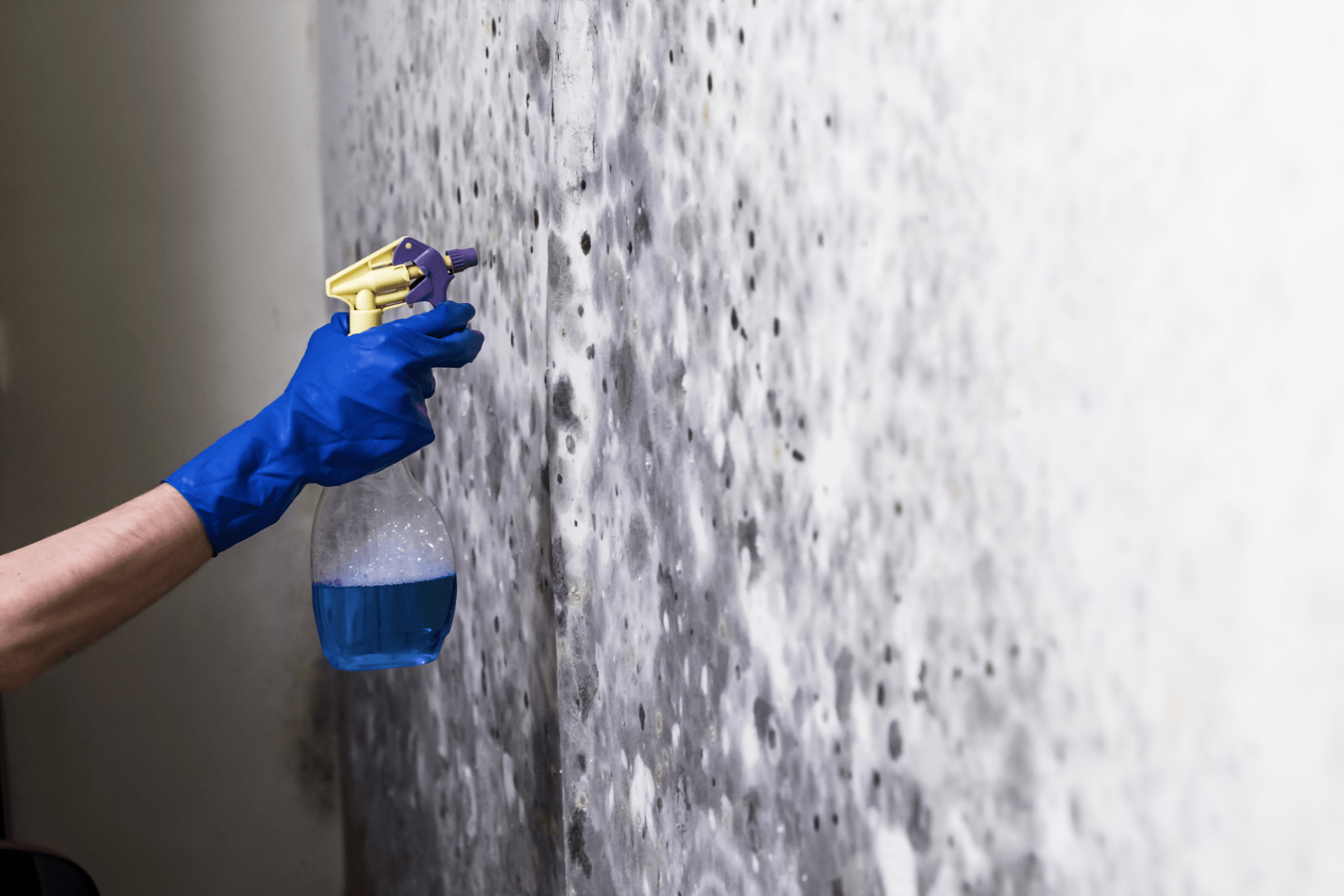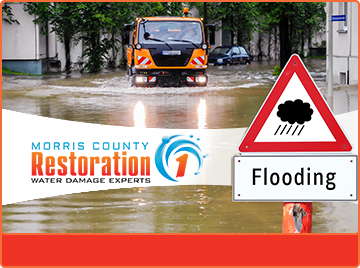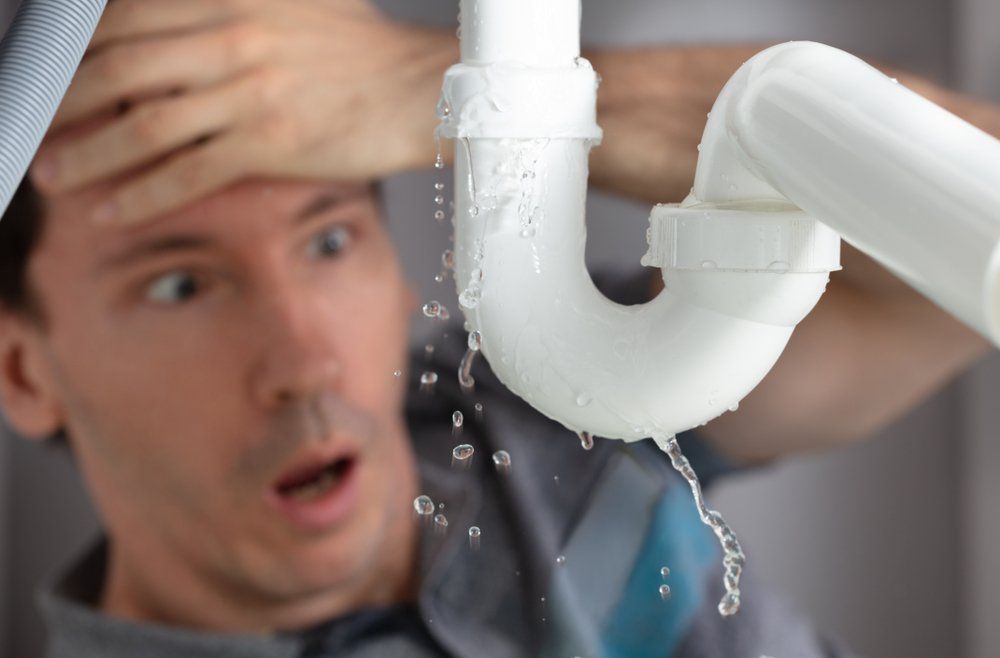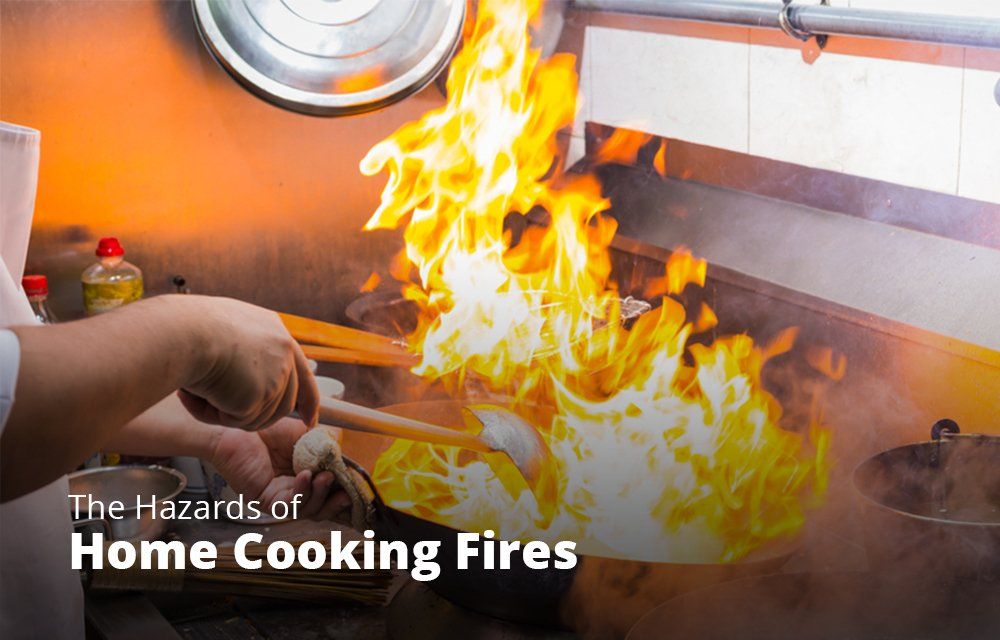Blog - Restoration 1 of Morris County
CONTACT US TODAY
What's Involved in Morris County Commercial Water Damage Restoration
Water damage, including flood damage, plumbing leaks, sewage backups, appliance leaks, and storm damage, can lead to extensive and unexpected destruction to your business. Ensuring the entire mess is cleaned properly is your number one priority. But to minimize interruptions in your daily operations, you’ll need a local restoration company to help. As a business owner, you’re not likely to hire just anyone. You want to be sure the team is certified, trained, and equipped for the job. Let’s start with the commercial water damage restoration process.
The Water Damage Restoration Process
The official water damage restoration process is broken down into key steps. Each step works toward the end goal of you reopening your business without any water damage. Furthermore, each step is crucial. If one step were to be skipped over, you may find yourself enduring long-term mold damage or mildew odors. It’s best to hire a professional restoration company.
Step 1: Assessment
Before any work begins, the team will need to assess the entire area for signs of water damage or mold growth. To better address the water damage, it’s important to understand the extent of the damage.
Step 2: Water Removal
First and foremost, any standing water within the property must be addressed. The team will bring in advanced restoration equipment, including wet vacuums and pumps, to remove all standing water.
Step 3: Drying Process
Next, with the standing water completely removed, it’s time to begin drying the area. Using air movers, dehumidifiers, industrial-grade fans, and other key tools, the entire affected area is dried thoroughly.
Step 4: Salvage
If there were any possessions damaged by the water leak or flooding, they will be removed from the property, assessed, and restored whenever possible. The same goes for furniture, carpet, electronics, and commercial goods.
Step 5: Restoration
This is the most crucial step in the entire process. Restoration involves repairing and replacing any water damaged materials, such as drywall, insulation, and flooring. On occasion, the process is simple, such as replacing a few panels of drywall. However, exposure to toxic substances, like asbestos, can make the process drawn-out and more complex.
Types of Water Damage
There are three types of water damage plaguing homeowners and commercial entities. These types include:
- Category 1 – The first type of water damage, often known as clean water damage, stems from a sanitary source, such as a broken water supply line or sprinkler system. The water does not pose a threat.
- Category 2 – The second type of water damage, otherwise known as gray water damage, is slightly contaminated and poses a health risk if consumed or through dermatologic contact. Gray water damage stems from an overflowing toilet, washing machine, or an aquarium.
- Category 3 – The last type of water damage, or black water damage, is highly contaminated and contains many harmful pathogens and toxins. It stems from a sewage backup or groundwater flooding, both of which can lead to severe illness and infection.
Don’t let your commercial water damage worsen; call Restoration 1 of Morris Countyat 973-810-4145!










